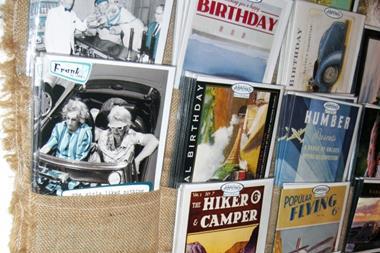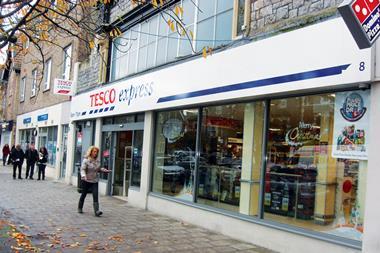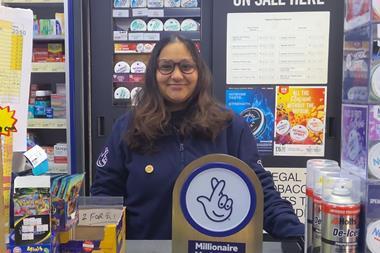It’s time for battle stations as the independent convenience sector is likely to come under increasingly heavy attack in 2013. In a special analysis of the sector’s strengths, weaknesses, opportunities and threats, C-Store examines whether it has the firepower to cope with the onslaught
Around every corner and at every hour of the day, the independent convenience sector is under attack. The traditional enemy - the supermarket multiples - are buying, building and converting stores in high streets and neighbourhoods at a rapid rate. Legislators are seemingly mesmerised by pressure groups seeking to distort and disrupt the retail sale of core convenience product categories, while overheads continue to rise with minimal government protection for small businesses, despite the fact that they are proportionally hit harder than large companies when it comes to dealing with monopolistic suppliers and when complying with national regulations. And all of this in the longest and deepest economic recession in a lifetime.
At first glance, the prospects for growth in 2013 seem very bleak indeed. But there are also many factors working in favour of local stores, which mean running a well-located shop with the right range and great service can still be rewarding and lucrative for an independent operator.
Despite the challenges and changes of recent years, about three-quarters of the convenience stores operating in the UK are still in independent ownership. That is a powerful force if it can be galvanised, but as an industry we need the right mindset and the right tactics.
In a special report, the Convenience Store team has considered the strengths, weaknesses, opportunities and threats for the independent convenience sector, and provided examples of the retailers that we think are taking the right approach.
The S.W.O.T file
Strengths: Location, independence, and customer service
Weaknesses: Range, space, and pricing
Opportunities: Local engagement, media and marketing, and technology
Threats: Competition, business costs, and legislation
Conclusion
The marketplace is tricky for independent retailers, but now is not the time to panic. Of all the sectors to operate in during the current climate, a community-focused, food-based retail business takes some beating.
Which would you rather be running at the moment, a c-store or a pub? For economic and health reasons, people are eating out less and eating at home more, stimulating a move of spending from restaurants to retail. And with the population growing, the size of the market for food overall is still increasing rather than decreasing.
Within this greater trend is a move among consumers away from making large, planned purchases at big shops, towards more ‘little and often’ top-ups and daily meal missions at small shops. And, despite all the store acquisitions by multiple retailers in recent years, most small shops are still in the hands of independent retailers.
So far, so good. But that doesn’t mean that everything is rosy.
The multiple retailers will continue to add to their c-store estate in 2013, and shoppers will become increasingly comfortable with buying their groceries online. And there is no real likelihood that shoppers will have more disposable income in 2013 than in 2012. For most retailers, it will be more achievable, and more profitable, to cut costs than to grow sales. And historical low-margin footfall drivers, such as pay terminals, tobacco and promotions, are no longer guaranteed to bring with them the purchase of other items.
Those other purchases will only follow if you can really stimulate the customer, with freshness, with value, with clear layouts and strong visual impact, and by giving them ideas about what they want to eat in the next few hours. And if you don’t do it, another retailer in your neighbourhood probably will.
So some new thinking is needed. The days when all it took to keep a retail business ticking over was to buy carefully, stand behind the counter and smile are gone. The future of retailing is about being active, not passive. Being active about constantly changing your ranges and store layouts to suit shopper needs being active in your local community and being active about your service, so that customers genuinely feel better for visiting your shop. In short, it is about delivering value to the busy, cash-strapped but also discerning public.
Most independents are already doing this. So are we in a good place? Yes, I think we are. But it will take more hard work to stay here.•






























1 Readers' comment